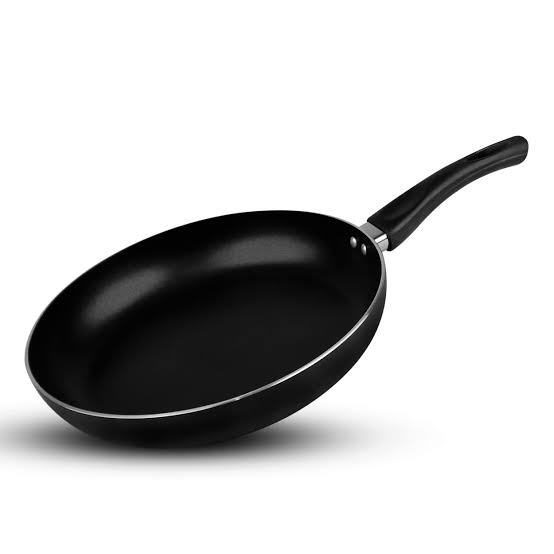Having the right tools is essential when it comes to creating culinary masterpieces in the kitchen. And one tool that can truly make a difference in your cooking is the humble frying pan. The perfect pan can help you achieve that coveted sizzle and shine in your dishes, turning ordinary meals into extraordinary delights. This article will explore the world of it, from choosing the right one to caring for it and how it can transform your cooking experience.
Choosing the Ideal Frying Pan
Selecting the Material
The first step in finding the perfect pan is choosing the right material. Different materials offer various benefits, so consider your cooking needs and preferences:
1. Stainless Steel: Known for its durability and even heat distribution, stainless steel pans are a staple in many kitchens. They are great for searing, browning, and deglazing.
2. Cast Iron: Cast iron pans are renowned for their excellent heat retention and non-stick properties when properly seasoned. They are perfect for frying, baking, and even grilling.
3. Non-Stick: Non-stick pans have a convenient surface for cooking without excessive oil or butter. For delicate dishes like eggs and pancakes, they are perfect.
4. Carbon Steel: These pans combine the best of both worlds with cast iron’s durability and stainless steel’s lightweight nature. They are perfect for high-heat cooking and are often used in professional kitchens.
Consider the Size
The size of your pan matters, too. Pick a size that meets your needs for cooking:
1. Small (8-10 inches): Ideal for cooking single servings or small portions.
2. Medium (10-12 inches): A versatile size for a wide range of dishes, from omelettes to stir-fries.
3. Large (12+ inches): Perfect for cooking family-sized meals or larger cuts of meat.
Maintaining Your Skillet Pan
1. Clean It Gently: Avoid using soap and abrasive materials. Instead, use a brush or scraper to remove food residues.
2. Dry Thoroughly: Ensure the pan is completely dry to prevent rust.
3. Apply Oil: Rub a thin layer of cooking oil or fat over the entire surface of the pan. Heat it until it starts smoking, then let it cool.
4. Repeat as Needed: Regularly repeat the oil application and heating process to maintain a seasoned, non-stick surface.
Cleaning Non-Stick Pans
1. Avoid Metal Utensils: Use wooden or silicone utensils to prevent scratching the non-stick coating.
2. Hand Wash: While many non-stick pans are dishwasher safe, hand washing with a soft sponge is gentler on the coating.
3. Store Safely: Avoid stacking heavy objects on top of non-stick pans, which can damage the coating.
Cooking Techniques for Perfection
1. Preheat the Pan: Ensure your pan is hot before adding food. A hot pan prevents sticking and creates a delicious sear.
2. Use the Right Oil: For searing, use an oil with a high smoke point, such as canola or grapeseed oil.
3. Don’t Overcrowd: Give your food space in the pan to allow even browning. Overcrowding can lead to steaming instead of searing.
Stir-Frying
1. High Heat: Use a pan that can handle high heat, like a wok or carbon steel pan, for stir-frying.
2. Prep Ingredients: Cut ingredients uniformly to ensure even cooking.
3. Keep Moving: Stir constantly to prevent burning and achieve that signature stir-fry texture.
Conclusion
The perfect frying pan can truly be a game-changer in your kitchen. You can sizzle and shine with every dish you prepare by choosing the right material and size, maintaining it properly, and mastering essential cooking techniques. So, invest in a quality pan today and unlock the culinary magic that awaits you in your kitchen.

